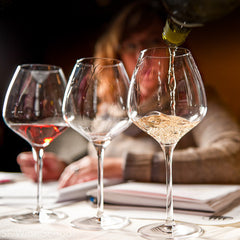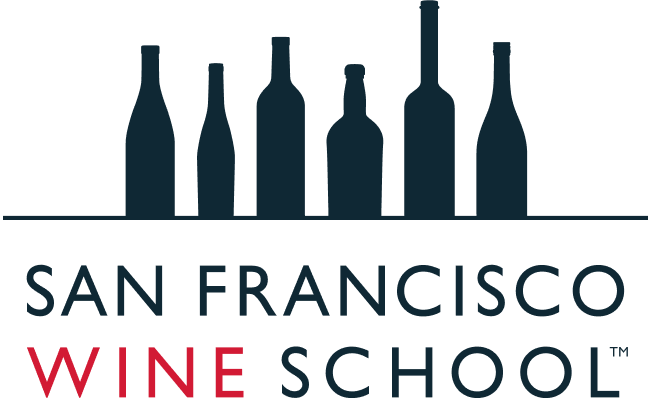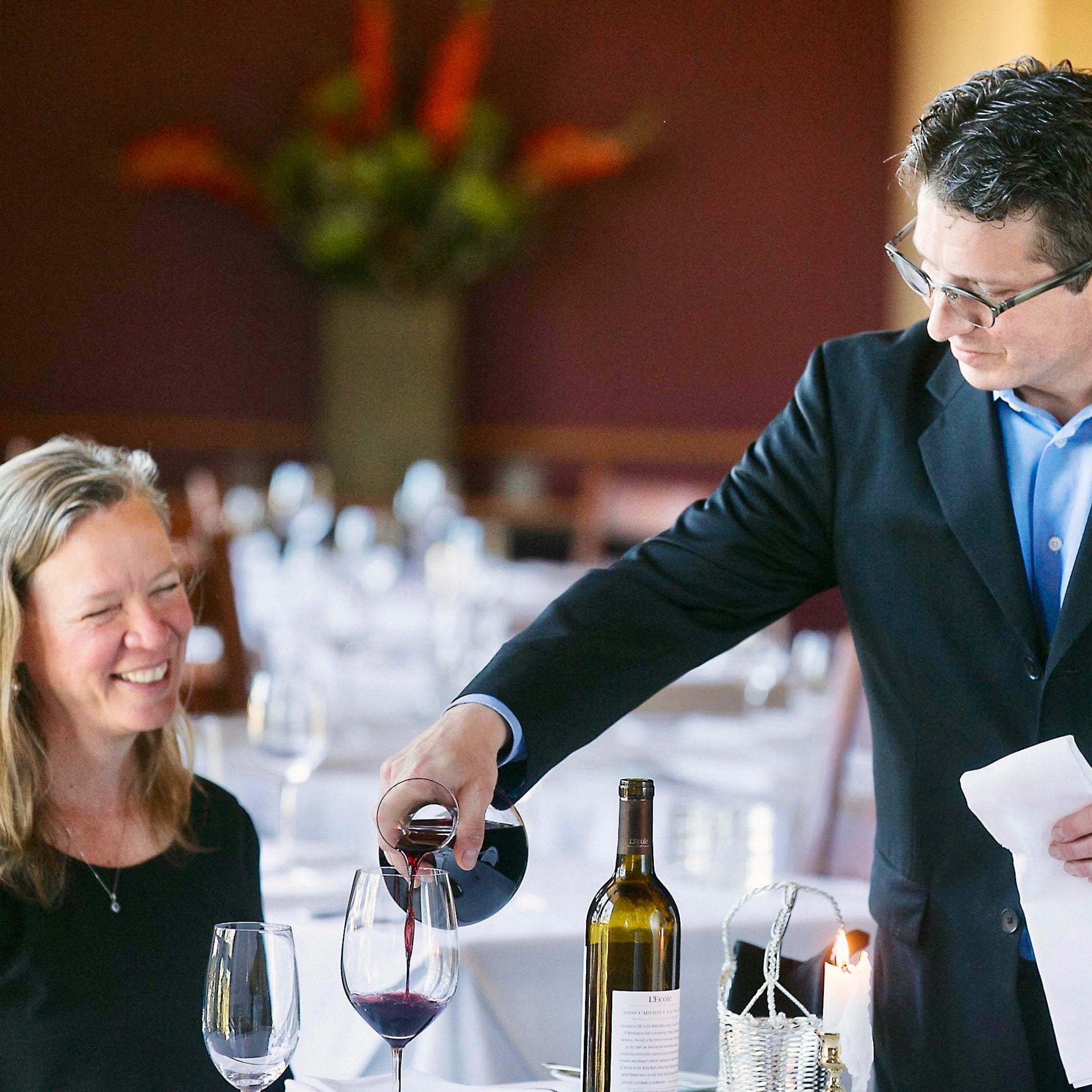So, What's the Difference Between a Master of Wine (MW) and a Master Sommelier (MS) ?
Want to Join the Club?
 According to Glancy, "Master Sommeliers need to access a world of knowledge about wine, other beverages and food quickly and move quickly, but smoothly during service and analyze wines quickly during the 25-minute, 6-wine blind tasting exam. Masters of Wine have 3 days to analyze 36 wines, but must write very well and go more deeply into wine growing, production and chemistry. There are only 4 people in the world who have passed both and MANY have tried."
According to Glancy, "Master Sommeliers need to access a world of knowledge about wine, other beverages and food quickly and move quickly, but smoothly during service and analyze wines quickly during the 25-minute, 6-wine blind tasting exam. Masters of Wine have 3 days to analyze 36 wines, but must write very well and go more deeply into wine growing, production and chemistry. There are only 4 people in the world who have passed both and MANY have tried."- Clarifying Credential Blur
- How to Get a Job in the Wine Industry
- Top 4 Reason to Get Wine Credentials
- How to Become a Sommelier
See our upcoming full program and single course schedule. Private, customized corporate training is also available.



